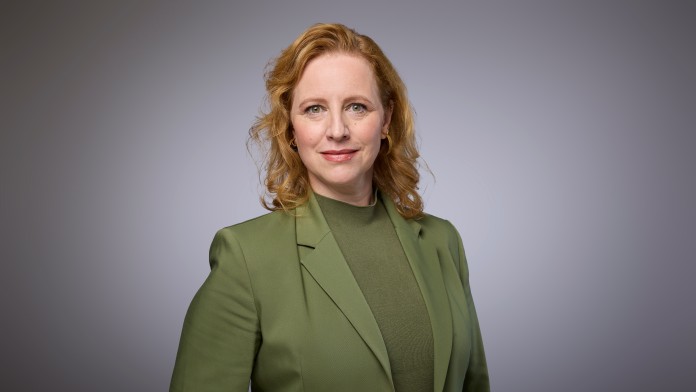Press Release from 2017-06-08 / Group, KfW Research
Comeback of investment creates cyclical tailwind in the euro area
- KfW Research lifts growth forecast for 2017 to +1.8% and for 2018 to +1.7% (previous forecast for both years was 1.6%)
- Private consumption remains the driving force as revival in investment activity is increasingly becoming a second pillar
- Time window for institutional reform in the euro area will open after autumn elections
The European economy is making good progress. First-quarter euro area GDP growth was 0.6% – more dynamic than in the US and the UK, for example. The high business confidence across the euro area signals that the positive trend is set to continue. KfW Research has therefore raised its growth forecast for 2017 to 1.8% (previous forecast 1.6%). GDP growth should continue at a similar pace next year as well. KfW Research expects GDP growth of 1.7% in the euro area for 2018 (previous forecast: 1.6%).
The high business confidence levels alone would definitely justify even more economic optimism. So far, however, the available hard data indicate no fundamental increase in the rate of growth. Industrial production in Europe stagnated in the first quarter, unemployment is falling continuously but not faster, and the energy price-induced rise in the inflation rate is a dampener for real wage growth in 2017. The growth contributions of private consumption remain the driving force of economic growth but are not increasing. Business investment, on the other hand, is set to become the second pillar of European growth this year. Gross fixed capital investment contributed 0.3 percentage points to GDP growth already in the first quarter. Rising capacity utilisation levels, the fading away of political risks after the elections in France and the Netherlands, and the positive business expectations of euro area businesses suggest that the investment climate is brightening further. “This year we are finally seeing a trend reversal in investment activity. I anticipate that business managers will gradually take more courage and seize the good borrowing conditions in order to modernise their capital stock. The comeback of investment is creating cyclical tailwind in the euro area. We have raised our economic forecasts for the euro area to 1.8% this year and 1.7% next year.”
The upswing in Europe is thus entering its fourth year with stable growth rates. Nevertheless, political developments may still derail what appears to be a robust upswing. Zeuner: “The United States’ withdrawal from the climate change agreement shows that isolationist ideas remain on the table there and negative surprises cannot be ruled out, including in US trade policy. After the UK elections, the focus in Europe will increasingly shift to Brexit and the imminent tough exit negotiations, which are likely to promote uncertainty even if the economic risk to the euro area remains limited in the foreseeable future. Finally, the situation in Italy remains worrying. The banking system is creaking under the strain of high volumes of bad loans that can be disposed of only slowly. New elections are also scheduled, with the risk of Eurosceptical parties reaching a majority. As the reform of the electoral law is taking shape, early elections in autumn 2017 have become likely.
“Alongside the downward risks, there is also the chance that the European economy will grow more strongly than forecast. France, Germany and Italy will begin a new legislative period almost in synchrony. Together with the economic recovery and new awareness of the importance of the EU in a world where uncertainty factors abound, that will open a time window for restart the institutional reform of the euro area”, said Zeuner. "If tangible progress that strengthens the foundation of the currency union in a sustainable way becomes apparent, the investment momentum should pick up even more amid the already positive sentiment."
The KfW Business Cycle Compass Eurozone is available at KfW Business Cycle Eurozone


Share page
To share the content of this page with your network, click on one of the icons below.
Note on data protection: When you share content, your personal data is transferred to the selected network.
Data protection
Alternatively, you can also copy the short link: https://www.kfw.de/s/enkBbm2w.BmQB
Copy link Link copied